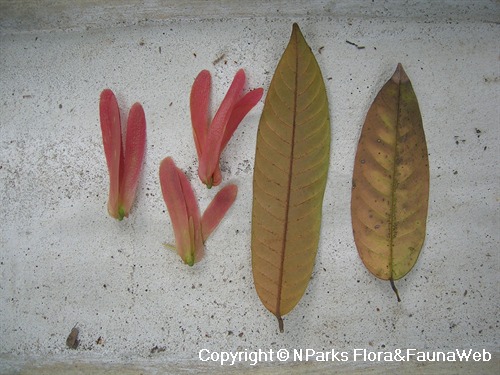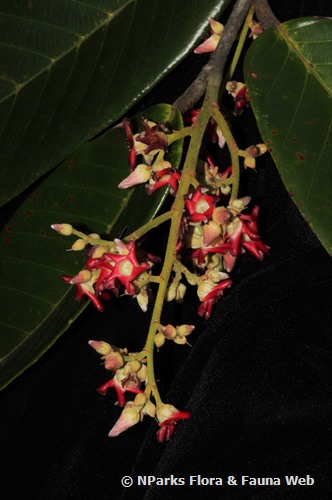
Back
Rubroshorea hemsleyana (King) P.S.Ashton & J.Heck.
| Family Name: | Dipterocarpaceae |
| Synonyms: | Shorea hemsleyana (King) King ex Foxw., Balanocarpus hemsleyanus King, Pachychlamys hemsleyana (King) Ridl. |
| Common Name: | Cengal Pasir Daun Besar, Meranti Daun Besar |
Shorea hemsleyana , also known as Cengal Pasir Daun Besar is a tree, up to 30 m tall. It has dark red flowers which are pollinated by thrips. The fruits are winged with three long lobes and two shorter lobes.
Name
Classifications and Characteristics
| Plant Division | Angiosperms (Flowering Seed Plants) |
|---|---|
| Plant Growth Form | Tree |
| Lifespan (in Singapore) | Perennial |
| Mode of Nutrition | Autotrophic |
| Plant Shape | Broad / Mushroom / Hemispherical |
| Maximum Height | 30 m |
| Tree or Palm – Trunk Diameter | 2.5 m |
Biogeography
| Native Distribution | It is found in Peninsular Thailand, Peninsular Malaysia and Sumatra. |
|---|---|
| Native Habitat | Terrestrial |
| Preferred Climate Zone | Tropical |
| Local Conservation Status | Non-native (Horticultural / Cultivated Only) |
Description and Ethnobotany
| Growth Form | It is a tree, up to 30 m tall and 2.5 m girth, with deeply and persistently V-section fissured bark. The crown is large and hemispherical or dome-shaped with buttresses. |
|---|---|
| Foliage | The leaves are leathery and oblong shaped (14 – 35 cm long and 6 – 15 cm wide). Each leaf has 14 – 17 pairs of lateral veins which are prominent on the underside, and the tertiary veins are ladderlike (scalariform). The leaf base is obtuse while the leaf tip slightly pointed (1 cm long). The twigs, bud, petiole and the outside of the stipule are densely covered with yellow-brown stiff hairs. The petiole is 0.14 – 0.2 cm long while the stipule is 1.6 cm long. |
| Flowers | Inflorescence occur at the leaf axil as a panicle, up to 25 cm long, and comprised of small flowers. Each flower has dark red petals, 15 stamens in 3 unequal verticils, filaments compressed and tapering to the small subglobose anthers. Appendage becomes reflexed at anthesis. Ovary is hairy and ovoid with thread-like style. |
| Fruit | The fruit is winged and dry. They are borne on stalks which are 1 mm long. Each fruit comprises of three long calyx lobes (up to 2.5 cm long and 1.8 cm wide), two shorter lobes (up to 2 cm long and 1.8 cm wide) and one oval-shaped nut (7 cm long and 3 cm wide). The nut is densely hairy and has a short style remnant at the tip. |
| Habitat | It is found in shallow peat swamp forest and on leeched sandy soil of the dipterocarp forest, up to 400 m altitude. |
| Associated Fauna | It is pollinated by thrips. |
| Taxonomy | There are two 2 subspecies, namely Shorea hemsleyana subsp. hemsleyana and Shorea hemsleyana subsp. grandiflora. The former occurs in Peninsular Thailand, Peninsular Malaysia and Sumatra, while the latter is confined to Sarawak and West Kalimantan in Borneo. |
| Cultivation | It can be propagated by seeds. |
| Etymology | Latin Shorea, commemorating Sir John Shore (1793-1798), the Governor-General for the British East India Company; Latin hemsleyana, commemorates W. B. Hemsley (1843-1924), a British botanist and keeper of the Kew Herbarium. |
| Ethnobotanical Uses | Timber & Products: The wood is used as red meranti timber. The wood can be treated and used for light construction. In Borneo, the logs are transported by river as they float in water. |
Landscaping Features
| Landscaping | It can be grown in parks, gardens and streetscape. |
|---|---|
| Landscape Uses | Parks & Gardens, Suitable for Roadsides |
Fauna, Pollination and Dispersal
| Pollination Method(s) | Biotic (Fauna) (Insects (Ant, Beetle, Fly, Thrip, Wasp)) |
|---|---|
| Seed or Spore Dispersal | Abiotic (Wind) |
Plant Care and Propagation
| Light Preference | Full Sun |
|---|---|
| Water Preference | Moderate Water |
| Plant Growth Rate | Moderate to Slow |
| Rootzone Tolerance | Well-Drained Soils, Moist Soils, Poor Infertile Soils |
Foliar
| Foliage Retention | Evergreen |
|---|---|
| Mature Foliage Colour(s) | Green |
| Mature Foliage Texture(s) | Leathery |
| Foliar Type | Simple / Unifoliate |
| Foliar Arrangement Along Stem | Alternate |
| Foliar Attachment to Stem | Petiolate |
| Foliar Shape(s) | |
| Foliar Margin | Entire |
| Foliar Apex - Tip | Acuminate |
| Foliar Base | Rounded / Obtuse |
Non - Foliar and Storage
| Branch Angle (wrt vertical) | Woody |
|---|---|
| Mature Bark Texture | Fissured |
| Stem Type & Modification | Woody |
Floral (Angiosperm)
| Flower & Plant Sexuality | Bisexual Flowers |
| Flower Colour(s) | Red |
|---|---|
| Flower Grouping | Cluster / Inflorescence |
| Flower Location | Axillary |
| Individual Flower Shape | Bowl-shaped |
| Inflorescence Type | Panicle |
| Flowering Period | Every Few Years |
Fruit, Seed and Spore
| Fruit Classification | Simple Fruit |
|---|---|
| Fruit Type | Indehiscent Dry Fruit |
| Mature Seed Colour(s) | Brown |
| Seed Quantity Per Fruit | Few (1-5) |
References
| References | Ashton, P.S. (1982). Dipterocarpaceae. In: van Steenis, C.G.G.J. (ed.) Flora Malesiana, ser.1, vol. 9, part 2, pp. 237–552, 575–600. The Hague/Boston/London: Martinus Nijhoff/Dr. W. Junk Publishers. Soerianegara, I., and Lemmens, R.H.M.J. (Editors). 1993. Plant Resources of South-East Asia Volume 5 (1). Timber Trees: Major Commercial Timbers. Netherlands: Pudoc Scientific Publishers. 610 pages. |
|---|
Image Repository
Others
| Master ID | 30390 |
|---|---|
| Species ID | 4699 |
| Flora Disclaimer | The information in this website has been compiled from reliable sources, such as reference works on medicinal plants. It is not a substitute for medical advice or treatment and NParks does not purport to provide any medical advice. Readers should always consult his/her physician before using or consuming a plant for medicinal purposes. |

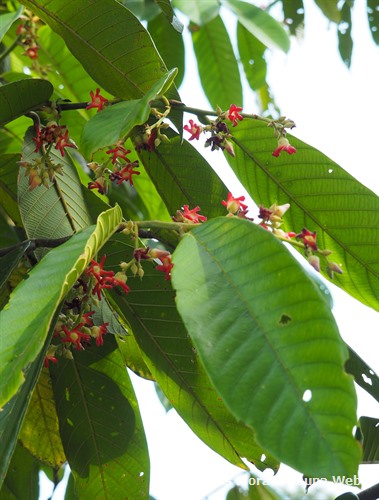
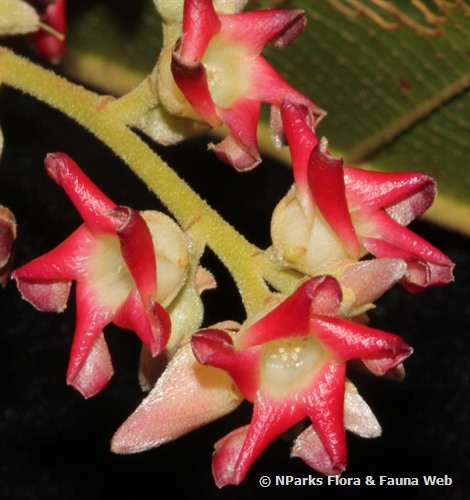
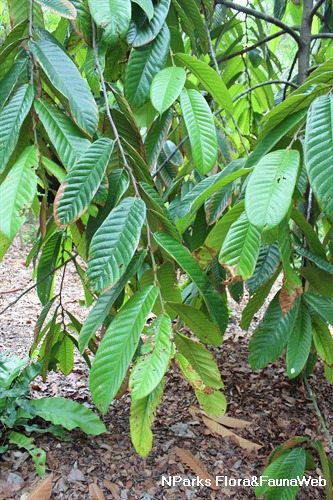
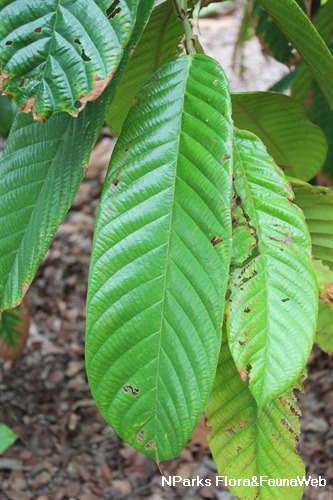
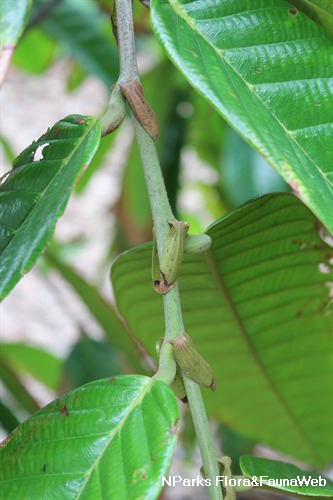
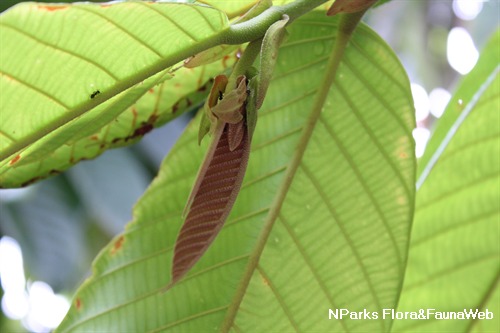
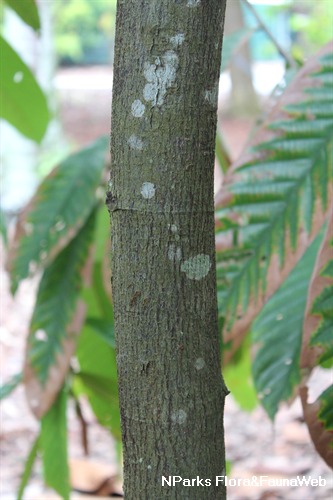
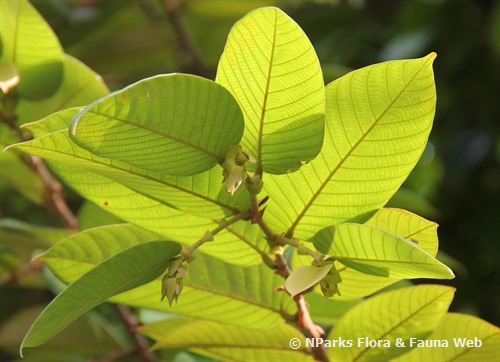
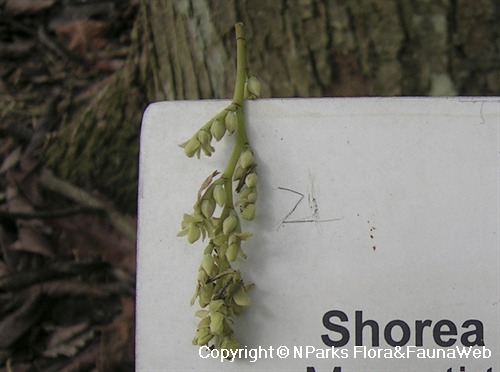
.jpg)
